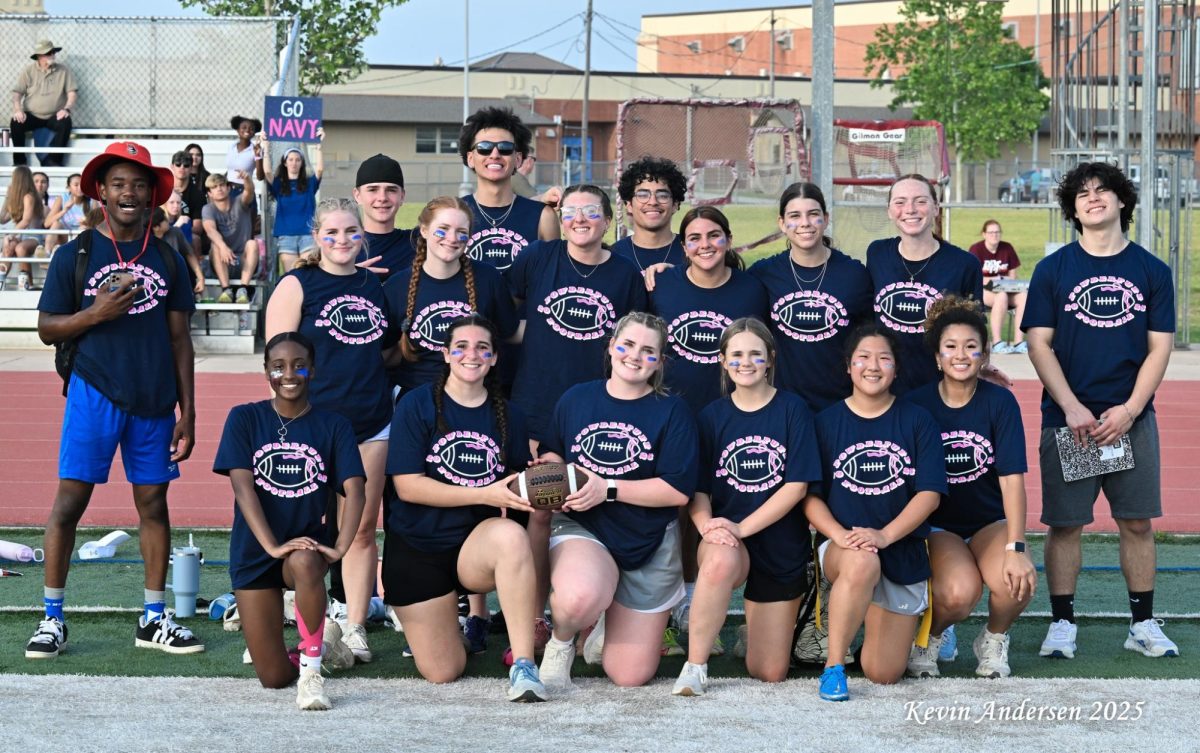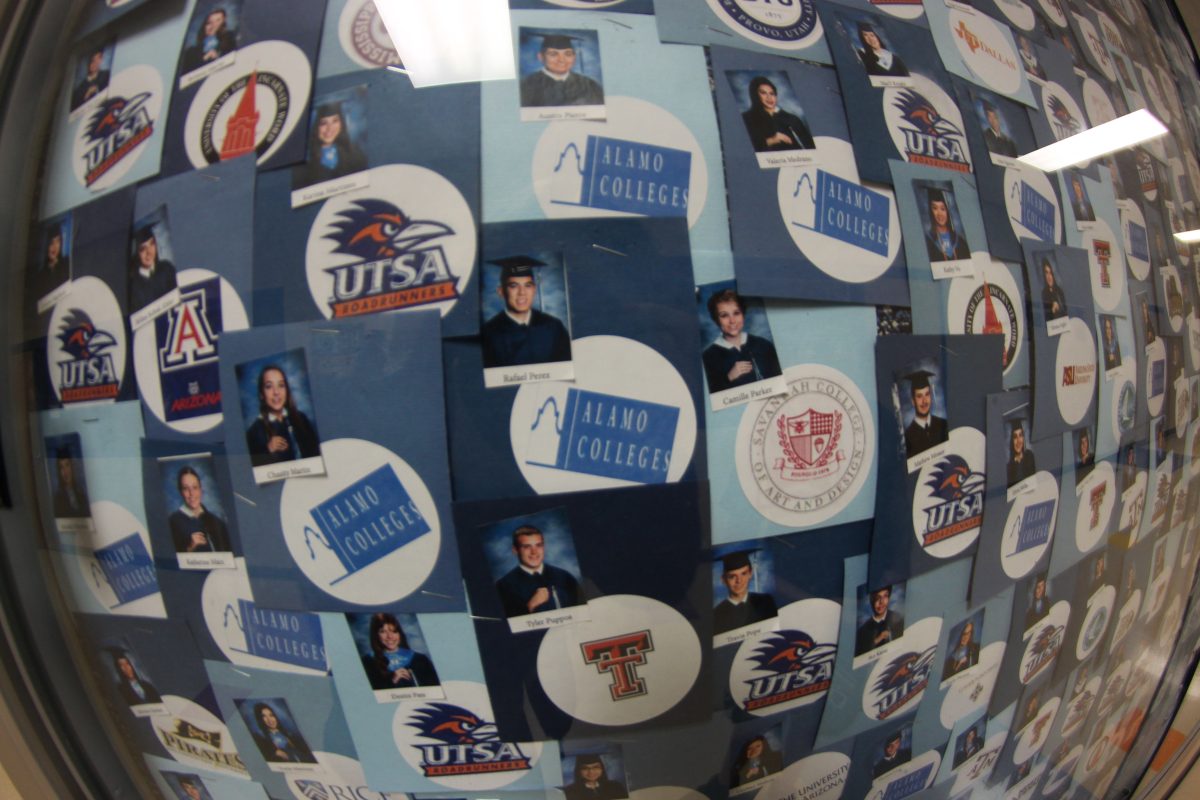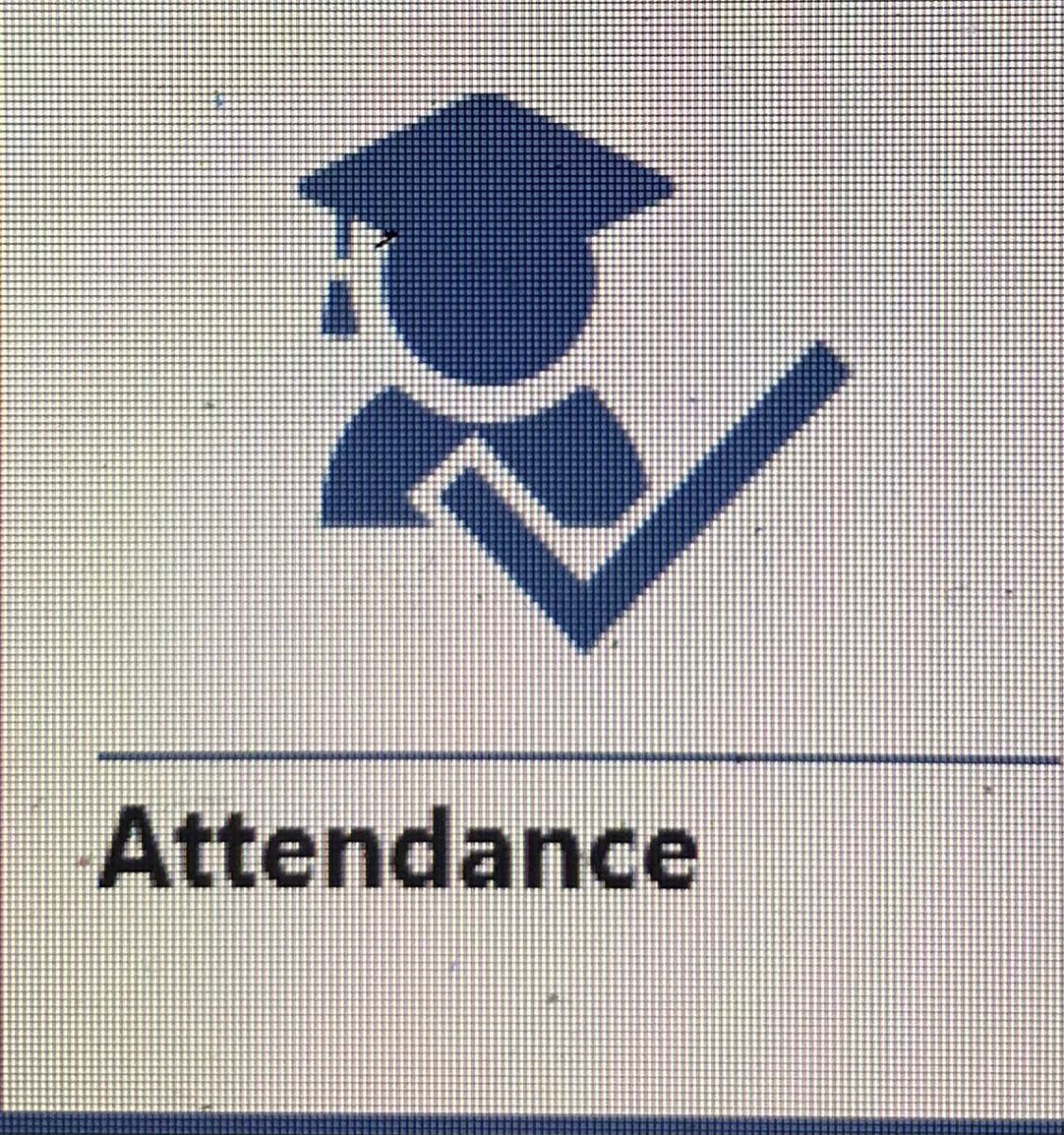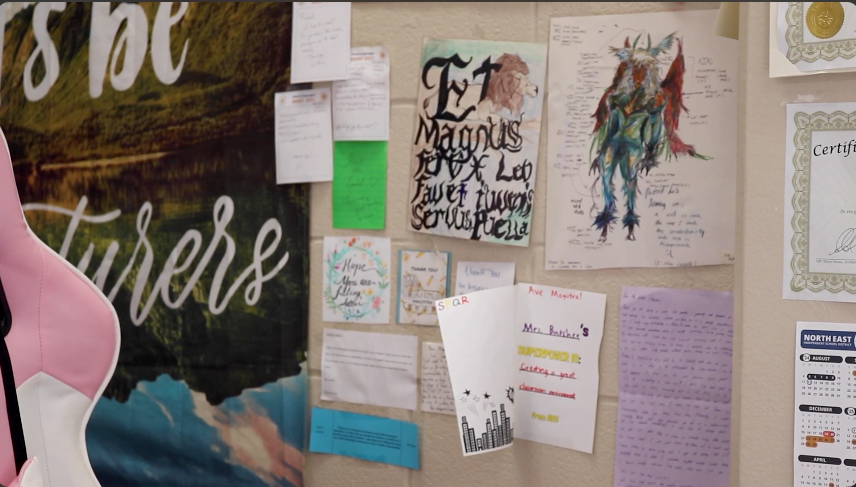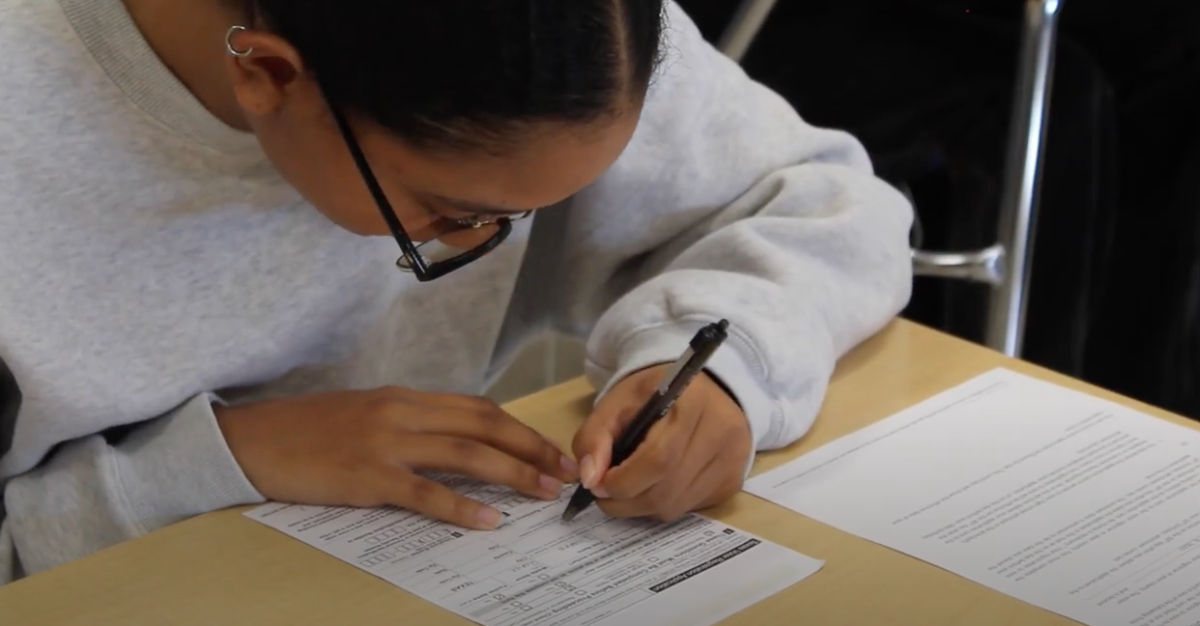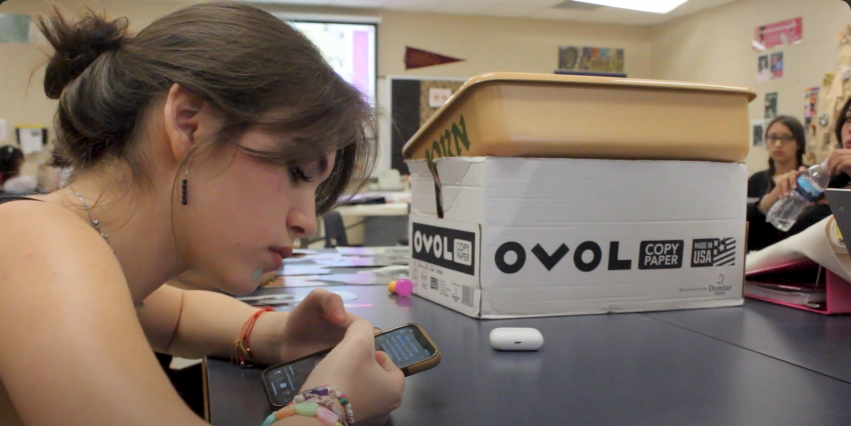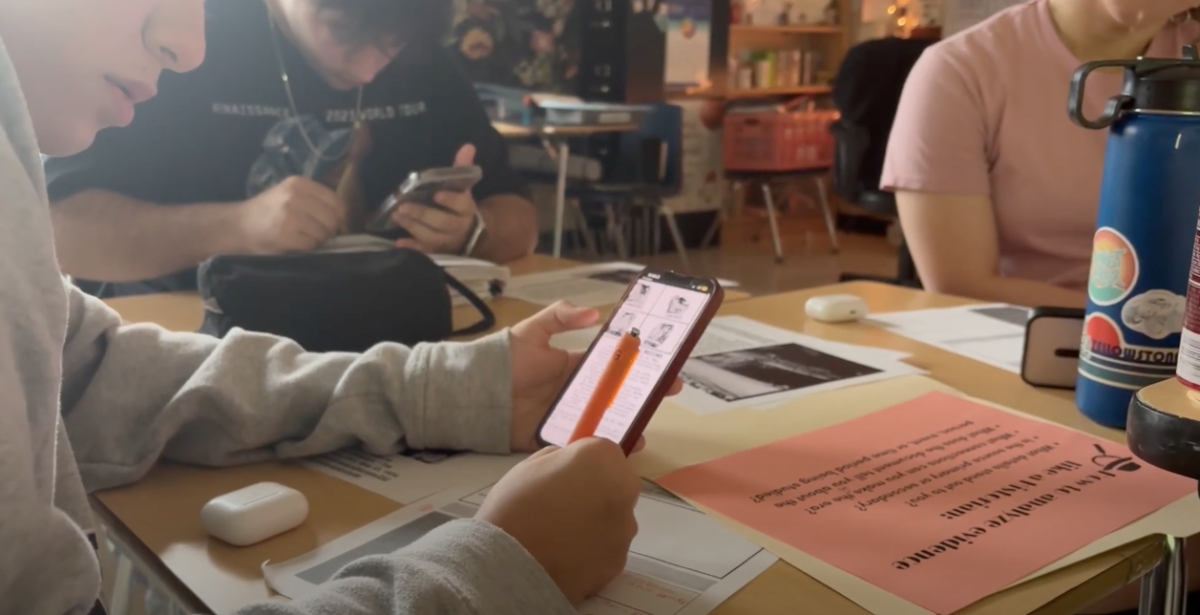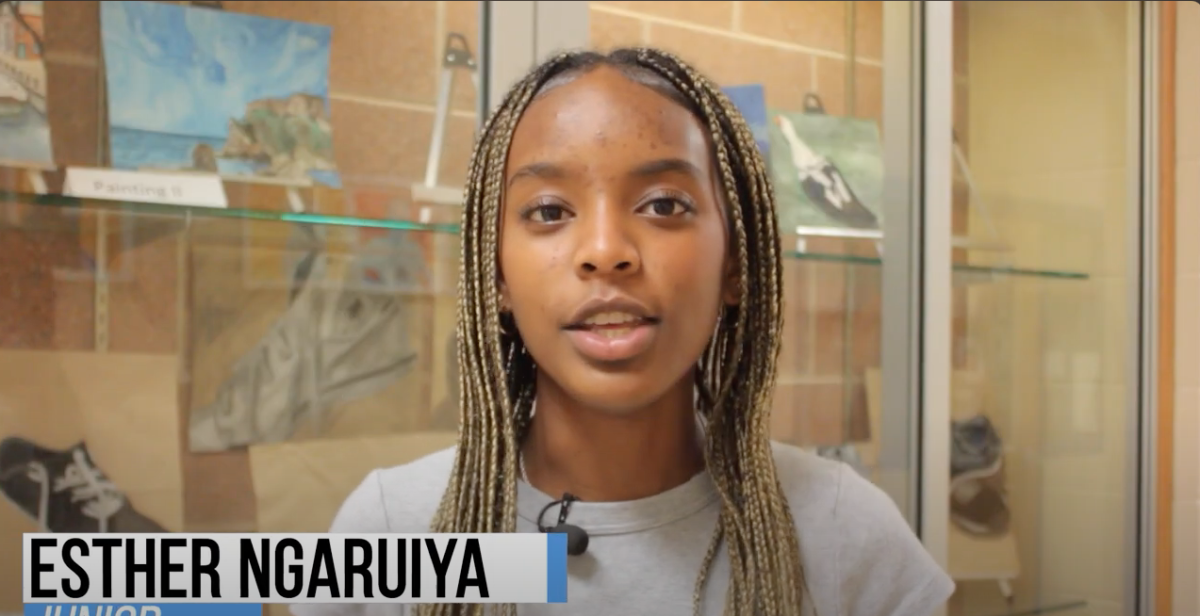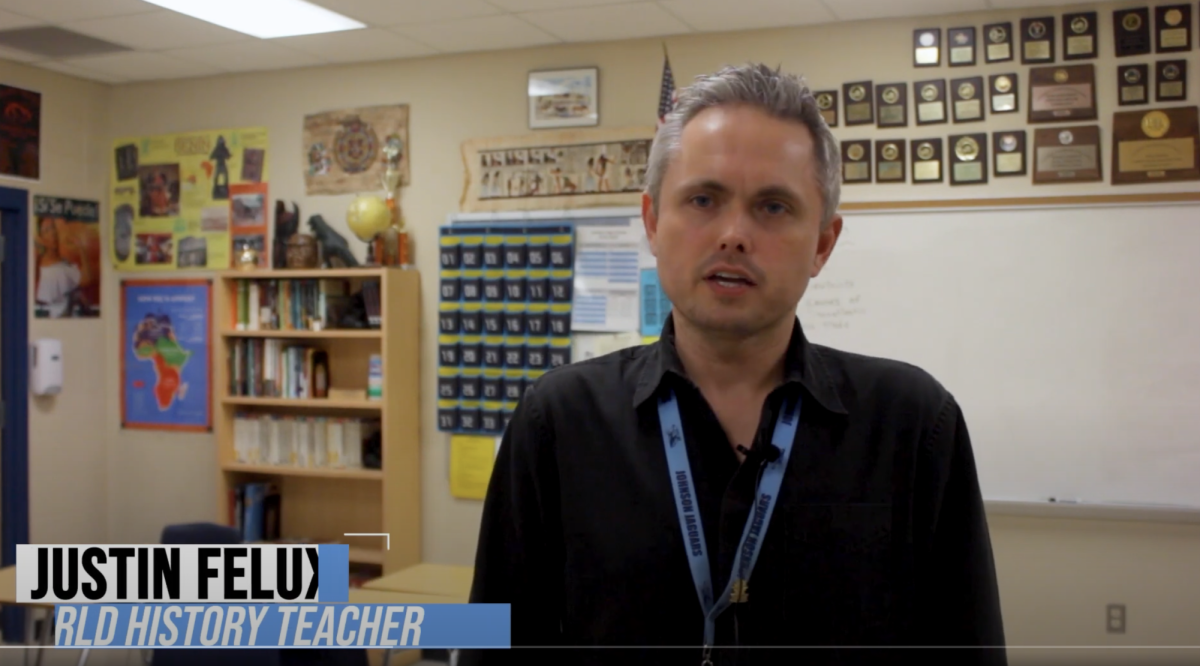By Madelyn Carter | Staff Writer
Healthy Lifestyles, a class designed to “enhance the total well-being of students,” is becoming a controversial topic between administration and the parents of incoming freshmen. NEISD introduced and required this year-long course last year, but was the only district in the state to do so. At the same time, the state dropped the health education requirement from the necessary graduation credits.
“Healthy lifestyles is a course that our board approved because our district as a whole believes in bettering a child’s future health, more in the way that you learn about yourself and your health, whether it be diseases or family history or how to take care of yourself in the long run,” AP Hensley Cone said.
Healthy Lifestyles is a graduation requirement for the class of 2014 and beyond, and, as of right now, must be taken before entering 10th grade. NEISD parents are petitioning to remove this course from the requirement list. The parents believe that the requirement of Healthy Lifestyles will hurt the rank of students who are in many activities and currently the petition has close to 600 signatures.
“There is not enough time in the course schedule if you are an athlete, taking a foreign language and participating in fine arts, which is also a requirement,” mother of an 8th grader at Tejeda, Beth Glenn, said.
This course is also seen by petitioning parents as redundant to students in athletics already.
“Well, we just jog around in the gym sometimes because it’s supposed to help, but I run in soccer, so I don’t see how that helps,” freshman Caitlin Schwartz said. “They teach us about nutrients and how to be healthier, but it doesn’t really effect my decisions at all.”
Cone believes that the Healthy Lifestyles course teaches students how to be healthy in the long term.
“It’s one thing to learn how to play football the right way; it’s another how to build an exercise program for yourself after you graduate,” Cone said. “In a nation of obese people, in a time where health care bills are going through the roof, people have a greater need of needing to know how to take care of themselves, because it’s so expensive otherwise.”
Cone has observed the Healthy Lifestyles classes himself and says he’s seen good things from it.
“[The teachers are] talking to our young, impressionable ninth graders who are going to enter social situations where they are going to need to know how to react or respond, or get themselves out of a situation during a conversation, whether it be to drugs, alcohol, sex, whatever peer pressures that exists. The kids actually role play and know how they can be different and how to say it,” Cone said.
Another parent of an incoming ninth grader, Scott Ross, is wary of the benefits of the course all together.
“Based on past health programs and the continued rise in childhood obesity and related diseases, I am skeptical this program will be any more successful. I have not seen or heard of anything unique about this program that will make a significant impact on behavior,” Ross said.
Ross believes that the information in the Healthy Lifestyles course is already taught and is not necessary to be made into a year-long course.
“It seems a myriad of topics have been thrown together to fill an entire school year and justify the program as a benefit to all. Many of the topics can be taught in other courses, such as finances in math and nutrition in either biology or chemistry. Other topics could be presented as assemblies,” Ross said.
The formality of an online course has not been finalized yet, but it is an idea that the NEISD parents are happy about because it would not take up space in a student’s seven period schedule.
“We are in the process of reviewing how we would address the possibility of a hybrid course online and give students other alternatives,” Cone said. “It’s not a definite ‘no’; it’s a ‘yeah, let’s look at that.’”



